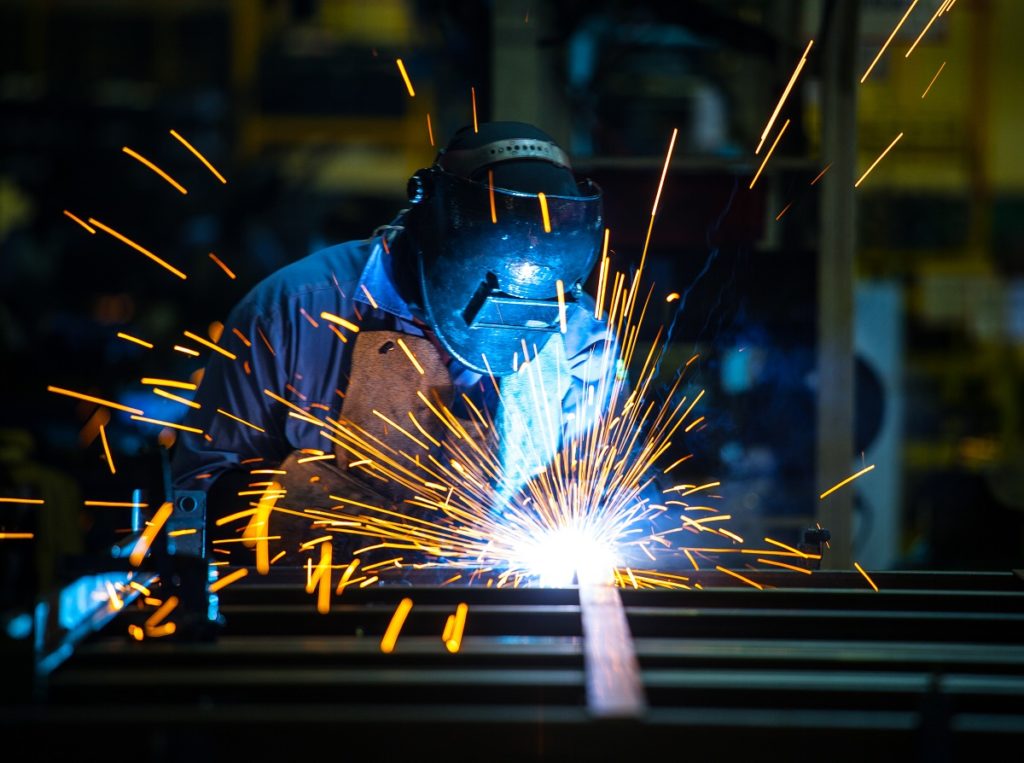Welding is fascinating. The act of fusing metals together using high heat can evoke excitement on some people, especially those whose interests lie in metallurgy. But it’s not a simple process. For example, you need to purge a pipe first before you proceed with welding it.
This is the process of removing oxygen and other gases inside the tube, so the weld quality is not compromised. This is done by filling it with nitrogen or an inert gas like argon. These will push out all the other unwanted gases and making the pipe primed for welding.
There are two methods that are used by many welders. These are TIG and MIG welding. They sound the same, but they have significant differences. To satisfy your curiosity about them, here they are explained in more detail.
Safety First
As welding deals with intense heat and melting metals, you need to know the basics to protect yourself from harm. The heat will produce fumes, so you need a mask so you won’t inhale them. Welding sparks will be present, so you need another mask with a filter on the visor to allow you to see better and also to protect your face.
Your outfit should cover much of your body, and your boots should be sturdy enough to protect your feet from heavy materials. Since you are handling hot stuff, make sure your gloves are thick and made of durable materials.

TIG Welding
Tungsten inert gas welding is also known as gas tungsten arc welding or GTAW. Tungsten is considered as the toughest metal in existence, and it is used here as a non-consumable electrode. This means that when you weld the metals together, a filler is not necessary.
You can just do away with fusing them together in their own elements. If you want to add a filler though, you would have to incorporate it manually. You will have to be dexterous here, as you will be holding the welding torch on one hand and the filler on the other.
TIG welding also leaves little to no mess because you have control over how much filler you are using. A constant supply of gas is needed to protect the heated electrode from oxidation, so a tank of an inert gas like argon or helium should be present at your workshop.
This type of welding should be done indoors to avoid exposure to outside elements which can affect the quality of the electrode.
MIG Welding
Metal inert gas or gas metal arc welding is another welding method that requires a constant stream of inert gas to protect the electrode. Unlike TIG welding, MIG welding features a consumable electrode which is also the filler.
This means every time it comes into contact with the metal, it melts and melds itself onto it to create the weld. Because of this, expect to have bits of residue lying around your work area after you’re done.
Some people weld as a profession, while others do it as a hobby. Either way, this is essential information. If you are interested in learning about welding, these can be your starting points.
